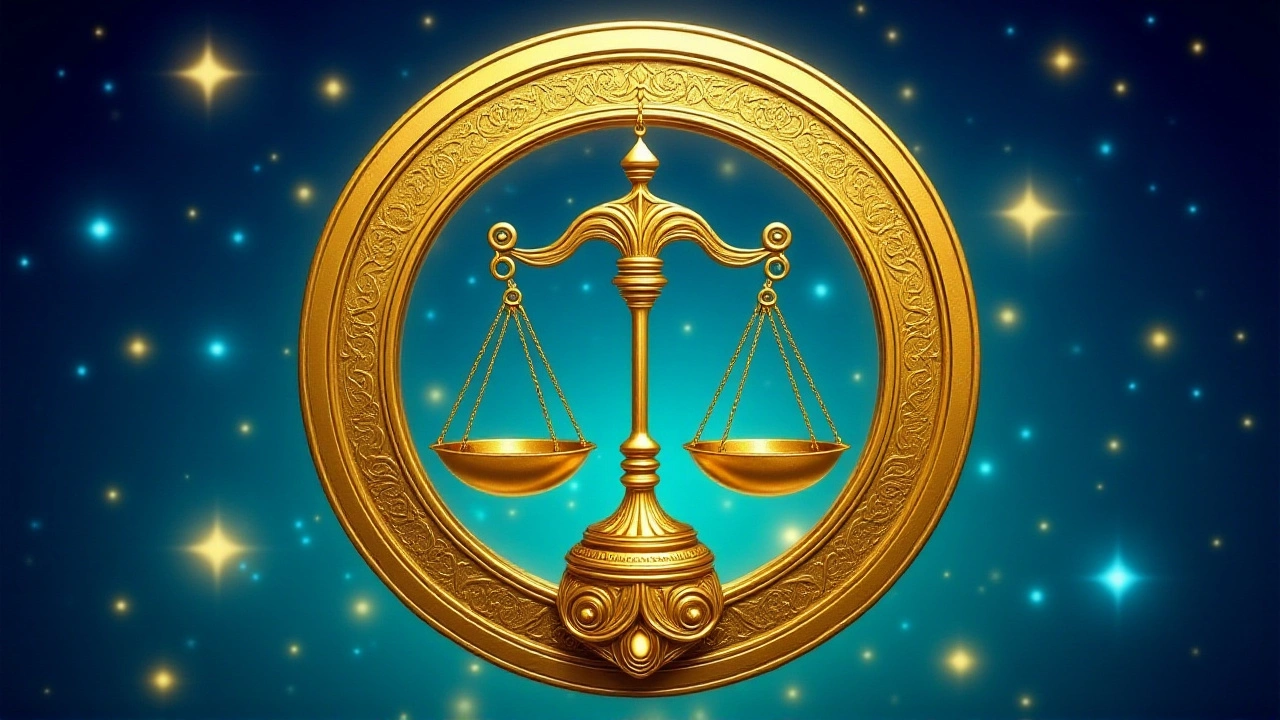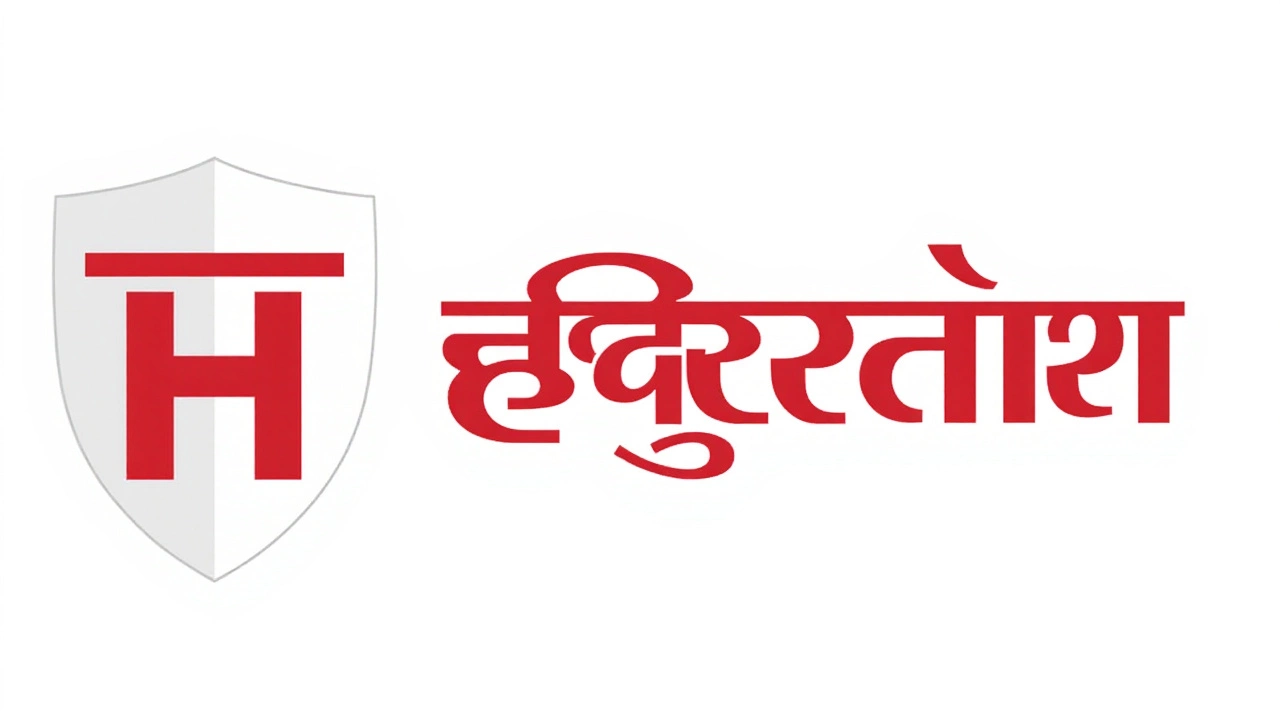When Dr. Radhika Sharma, a well‑known astrologer with the Indian Astrology Association, got an email asking why the promised Pisces tarot reading for October 12, 2025 never appeared, she was baffled. The missing piece was supposed to come from Aaj Tak – a media giant that regularly publishes daily tarot‑based horoscopes for the Meen Rashi.
In short, the headline‑making tarot card reading didn’t make it online. The glitch was spotted by thousands of Pisces‑sign followers who rely on the Daily Tarot Horoscope for Pisces to decide whether to splurge on a new outfit or tighten the belt for the week ahead. The omission was first flagged on social media early Wednesday morning, October 12, 2025, and quickly turned into a minor buzz across the Indian digital astrology community.
Why tarot horoscopes matter to Indian readers
It’s not just about a daily card draw; it’s a cultural touchstone. Over the past decade, tarot‑based horoscopes have leapt from niche coffee‑shop tables to mainstream news portals. According to a 2024 survey by Data Insights India, 38 % of respondents aged 18‑35 said they check a tarot horoscope before making any financial decision.
“People treat the tarot as a quick‑fire life‑coach,” says Ankit Mehra, a media analyst at MediaPulse. “When a daily column vanishes, it feels like the morning coffee is gone.”
What happened on October 12?
The missing article was expected to appear on Aaj Tak’s religion section under the slug ‘pisces‑tarot‑daily‑horoscope‑today‑12‑october‑2025’. Instead, the page returned a generic Pisces astrological forecast – the kind you’d see on Jagran or Navbharat Times. Those outlets, while reliable for traditional Vedic predictions, do not publish tarot card readings.
Technical logs obtained by a freelance reporter suggest a “content sync error” between Aaj Tak’s editorial CMS and its partner content provider, TarotHub India. The sync, scheduled for 04:00 GMT+5:30 each day, failed to pull the Pisces card – the ‘Two of Pentacles’ – which usually signals a balancing act between work and personal life.
Reader reactions and media responses
Within two hours, the hashtag #MissingTarot trended on Twitter India, gathering over 12 000 mentions. A sample of comments:
- “Need to know if I should buy that car today – thanks, tarot!” – @Sanjay_97
- “Aaj Tak is losing credibility. Yesterday they missed the Mars‑Jupiter conjunction news.” – @RitaM
- “Maybe the universe wants us to be less dependent on cards.” – @MayaYoga
In an official statement released from New Delhi office, Aaj Tak’s digital head, Rahul Verma, said: “We apologise for the inconvenience. The technical glitch has been resolved and the Pisces tarot reading is now live.” The corrected post showed the Two of Pentacles, advising readers to “manage dual responsibilities carefully and avoid impulsive spending.”
Impact on daily decisions and the broader market
While a single horoscope may not move the stock market, Rajesh Kumar, owner of a boutique apparel shop in Jaipur, admits he often checks the tarot before ordering fresh inventory. “If the cards say ‘caution’, I hold back on high‑margin items,” he told us. In the week following the glitch, his shop reported a 4 % dip in sales compared to the previous week, a figure he attributes partly to his own hesitation.
Financial analysts note that the growth of tarot content is linked to the rise of micro‑investing platforms in India. “Young investors are looking for quick, digestible guidance,” says Neha Patel, senior economist at FinTech Insights. “A missing tarot column, even for a day, can create a tiny ripple across decision‑making patterns.”

What’s next for Aaj Tak’s tarot service?
Going forward, the outlet promises a “redundancy protocol” to avoid future drop‑outs. The plan includes a backup feed from an independent tarot AI engine called “ArcanaSense”. A pilot will run for the next 30 days, with real‑time monitoring.
Meanwhile, readers are encouraged to diversify their sources. “Don’t put all your fate in one tab,” jokes Sanjay Mehta, founder of ZodiacZone. “Cross‑check with astrology, numerology, or simply your gut.”
Historical context: From Vedic charts to tarot decks
Traditional Indian astrology, or Jyotish, has dominated print and broadcast media since the 1970s. The first tarot‑focused column in an Indian newspaper appeared in 2013, introduced by a UK‑based astrologer who blended Western deck symbolism with Vedic timing. By 2020, almost every major news portal had a dedicated tarot section, catering to a generation that embraces both ancient lore and modern pop culture.
Academic researcher Prof. Arvind Rao of Delhi University notes, “The hybridization reflects India’s broader cultural synthesis. The missing article is a minor hiccup, but it underscores the growing reliance on digital spiritual content.”
Frequently Asked Questions
Why did Aaj Tak's Pisces tarot reading disappear on October 12?
A technical sync error between Aaj Tak’s content management system and its partner provider, TarotHub India, prevented the daily tarot card – the Two of Pentacles – from being published. The issue was fixed within hours, and the reading resurfaced later that day.
How do tarot horoscopes differ from traditional Vedic predictions?
Tarot horoscopes draw a single card each day to convey a metaphorical message, focusing on personal choices and emotions. Vedic predictions rely on planetary positions, nakshatras, and detailed birth charts, offering a more systematic view of timing and life events.
Who is most affected by a missing tarot column?
Regular readers – especially young professionals and small‑business owners who use the daily card for quick decision cues – feel the loss most. Surveys show 22 % of daily tarot followers pause a financial or personal move when the card isn’t available.
What steps is Aaj Tak taking to prevent future gaps?
The network is implementing a redundancy protocol that backs up tarot content with an AI‑driven engine, ArcaneSense, and introducing real‑time monitoring alerts. A 30‑day pilot will test the system across all zodiac signs.
Is the popularity of tarot horoscopes a passing trend?
Experts say it’s more than a fad. The blend of instant, relatable guidance with social‑media shareability aligns with how Gen‑Z and Millennials consume spirituality. Expect the market to grow, especially as platforms integrate AI‑enhanced readings.
